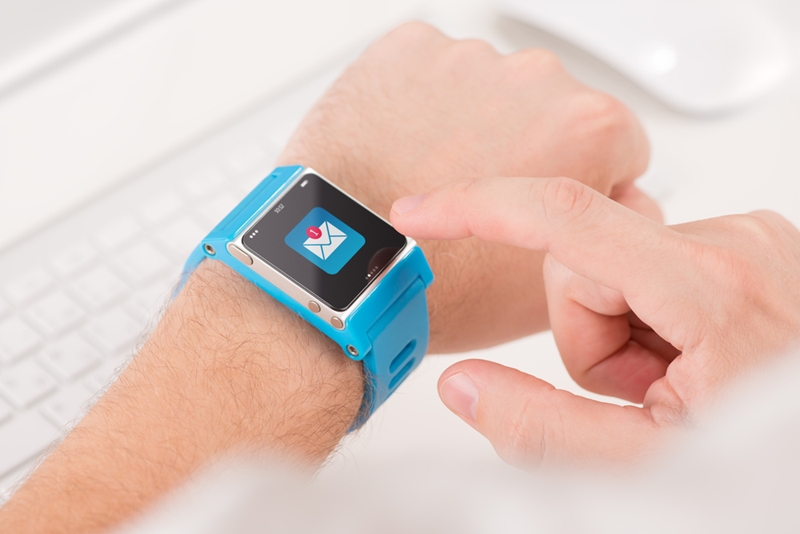Anyone involved in the running of a business or working in IT will be aware of the term 'data breach' – this is when your sensitive company information, usually stored digitally, is exposed to an unwelcome third party.
Following this event, there are often significant consequences including financial reimbursement of customers who had data exposed, costly security system fixes and potentially lasting reputation damage.
Breaches certainly aren't slowing down
Businesses really need to be aware of the costs – financial or otherwise – that can stem from a breach, in order to better understand why security is so important.
The costs and causes of a breach
We looked briefly at the consequences of a data breach above, but how do they most commonly occur? According to the Cost of Data Breach Study, conducted by the Ponemon Institute and sponsored by IBM, malicious and criminal attacks are the leading root cause.
In most cases, this means malicious third parties seeking to steal information from the company or simply cause damage. This is the clear cause of the Sony Pictures breach at the end of 2014 – the motivation appeared to be centred around the release of a controversial film.
In other instances, attackers may be after data they can sell, like what happened with the health insurance provider Anthem earlier this year. ZDNet explained that around 80 million customers were impacted in a breach that exposed personal information of clients and employees. ZDNet also noted that the reparation costs could be in excess of US$100 million.
It's important to note that not all data breaches will be so expensive, but the costs will often scale up with the amount of data exposed. For example, if the data of 100 customers was exposed, the company might have to reimburse them for damages. It's easy to see how this could add up, and breaches certainly aren't slowing down.
"Throughout the world, companies are finding that data breaches have become as common as a cold but far more expensive to treat," Ponemon explained.
What can companies do to combat breaches, aside from security systems and ongoing audits?
Prevention through training
Not every company has access to the vast financial resources necessary for security systems, but there's another solution that's both easy to get started with and simple to maintain – comprehensive IT security training.
With a course provided from ALC Training in a leading security framework, staff will be able to better understand what causes a breach and put more effective measures in place to prevent one from occurring.
Get in touch with ALC Training today if you'd like to learn more about leading security and IT frameworks.
 Is your business ready for a data breach?
Is your business ready for a data breach?

 Could bad hiring processes lead to staff quitting?
Could bad hiring processes lead to staff quitting? Smartwatches will make everyday tasks far easier.
Smartwatches will make everyday tasks far easier.






